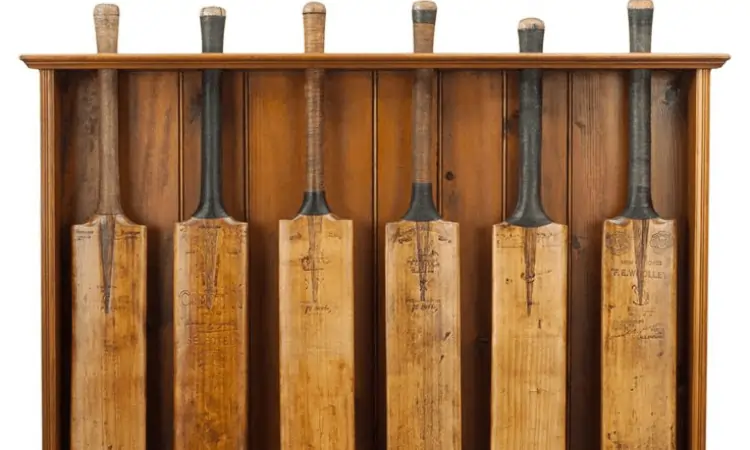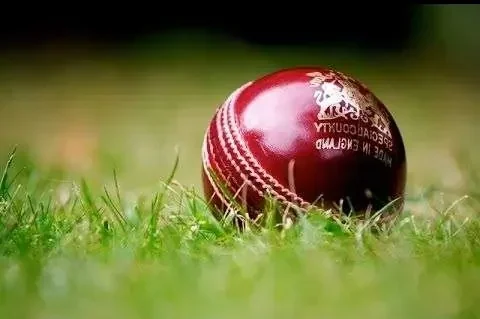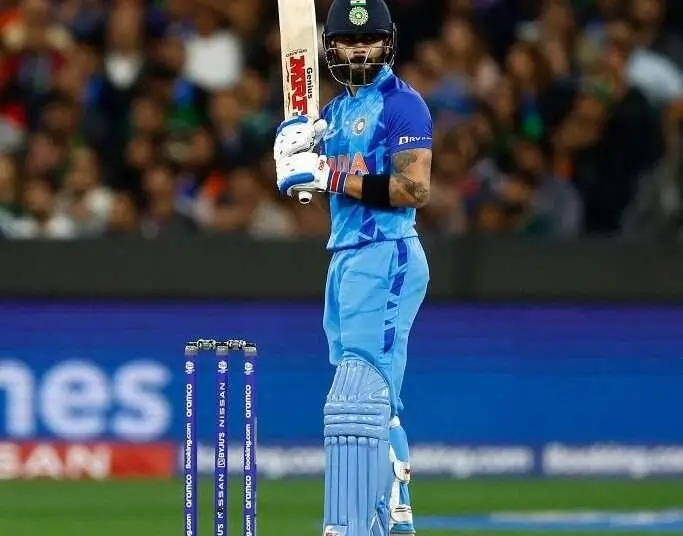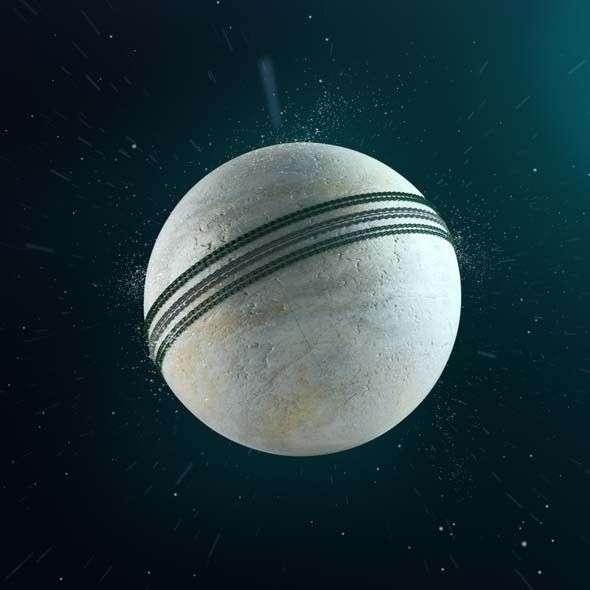Cricket Bat Handle
Holding the cricket bat handle is about feeling comfy and being in control. The most common way is to make a “V” with your thumb and pointer finger on both hands, lining them up along the top of the handle. This is good for most swings. Try moving your hands higher for more power on high shots, or lower for more control on defense. The key is to feel good – the bat should be snug but not squeeze your hands too tight. Play around to find what works best for you!
Cricket often hailed as a gentleman’s game, is a sport beloved by millions worldwide. While various aspects contribute to a player’s performance, the cricket bat stands out as one of the most essential tools. Within the bat, the handle plays a crucial role in determining a player’s ability to wield the bat effectively. In this article, we will explore the significance of the cricket bat handle, its construction, the materials used, and the impact it has on a player’s performance.

Understanding the Cricket Bat Handle
The cricket bat handle is the lower part of the bat that connects the blade to the grip. It is often overlooked, but its importance cannot be overstated. The handle provides the necessary leverage and control over the bat during shots, making it a critical component of a player’s batting technique.
Construction of the Handle
Cricket bat handles are usually made from premium-grade wood to ensure durability and flexibility. Traditionally, handles were made from cane, which offered excellent shock absorption. However, modern bats may feature handles made from composite materials to enhance performance further.
Types of Handle Grips
The grip is an integral part of the handle, and it greatly influences a player’s comfort and control. There are two primary types of grips:
- Octopus Grip: This grip features additional rubber or silicon layers, offering superior traction and preventing the bat from slipping out of the player’s hands.
- Chevron Grip: The chevron grip is characterized by its unique V-shaped ridges, which aid in enhancing a player’s hold on the handle.
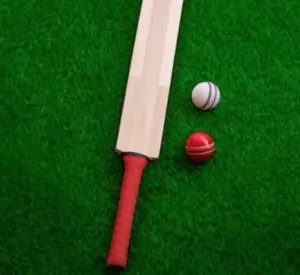
The Impact of Handle Design on Bat Performance
The design and quality of the cricket bat handle can significantly impact a player’s performance on the field. Let’s delve into some of the critical aspects:
1. Bat Swing Speed
A well-designed handle allows for a smoother swing, enabling the player to generate higher bat speed. This increased bat speed results in more powerful shots and better control over placement.
2. Shock Absorption
The handle’s ability to absorb shocks plays a crucial role in preventing vibrations from reaching the player’s hands. A handle with good shock absorption reduces the risk of injury and allows the player to play confidently.
Also Discover: cricket bat sizes
3. Comfort and Feel
The handle’s grip and shape determine how comfortable it feels in the player’s hands. A comfortable handle allows the batsman to focus on their shots without distraction, enhancing their overall performance.
4. Bat Balance
The handle’s weight and balance play a vital role in the bat’s overall balance. A well-balanced bat is easier to maneuver, allowing the player to adapt quickly to different bowling styles.
Types of Bat Grips
Beyond the basic grip, there are variations that players can adopt based on their playing style or personal preference. Here are a few common types of cricket grips:
1. Neutral Grip
This is the standard grip, where both hands are placed symmetrically on the bat handle, and the V formed by your fingers points slightly towards the off-side. The neutral grip offers a good balance between control and power, making it suitable for most types of shots.
2. Closed Grip
In a closed grip, the bottom hand is rotated slightly more around the bat, bringing the V towards the leg side. This grip helps in playing shots towards the leg side, such as flicks and sweeps. However, it can limit the batsman’s ability to play off-side shots effectively.
3. Open Grip
An open grip positions the V towards the off-side, allowing the batsman to play off-side shots with more freedom. This grip is often preferred by players who like to play cuts, drives, and square shots on the off-side. However, it might compromise control over leg-side shots.
Choosing the Right Handle for Your Bat
Selecting the right handle is essential for any cricket player looking to optimize their batting performance. Here are some tips to consider when choosing a handle:
1. Personal Preference
Every player has a unique style of play, and the handle should complement their technique. Players should try out different handles to find the one that suits them best.
2. Size and Thickness
Handles come in various sizes and thicknesses. Players with larger hands may prefer thicker handles, while those with smaller hands might opt for thinner ones.
Also read: Which Wood Is Used to Make a Cricket Bat
3. Material and Grip
Consider the type of material and grip that suits your playing conditions and style. Experiment with different materials to find the right balance of comfort and performance.
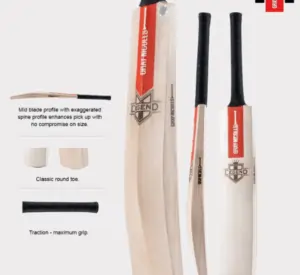
Conclusion
In conclusion, the cricket bat handle is an integral part of a batsman’s arsenal. Its design, material, and grip significantly impact a player’s performance on the pitch. Whether you are a professional cricketer or a passionate amateur, choosing the right handle can make a remarkable difference in your gameplay.
FAQs
Q: Can I replace the handle of my cricket bat?
A: Yes, you can replace the handle of your cricket bat. Many sporting goods stores offer handle replacement services.
Q: What is the best material for a cricket bat handle?
A: Traditionally, cane handles are preferred for their excellent shock absorption, but composite handles have gained popularity due to their enhanced performance.
Q: How do I maintain my cricket bat handle?
A: To maintain your cricket bat handle, keep it clean and dry, and avoid exposing it to excessive moisture or extreme temperatures.
Q: Can the handle affect my shot-making ability?
A: Yes, the handle can significantly impact your shot-making ability. A well-designed handle allows for better bat control and shot execution.
Q: Should I use an additional grip over the handle?
A: It depends on personal preference. Some players prefer using an extra grip for added comfort and control.


